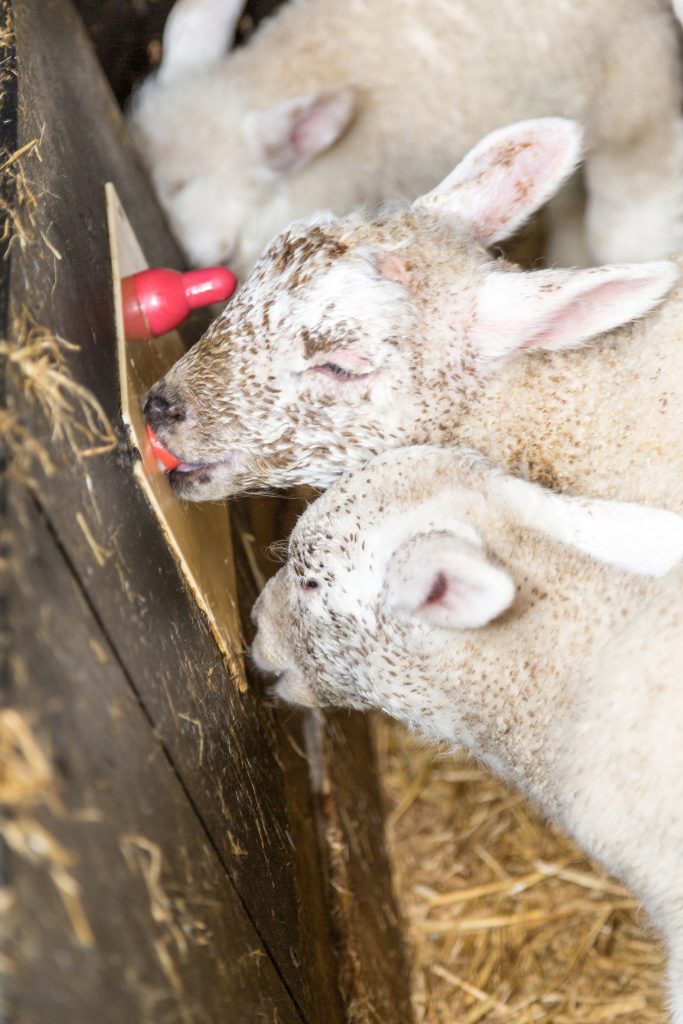Sheep farmers urged to feed more colostrum
21st January 2020
Up to 80 per cent of UK sheep producers may not be feeding enough good quality colostrum to newborn surplus lambs, a survey by Volac suggests.
Up to 80 per cent of UK sheep producers may not be feeding enough good quality colostrum to newborn surplus lambs, a survey by Volac suggests.
Just 20 per cent of shepherds who took part in the annual Lamlac survey – which gathers information on surplus lamb rearing practices – said they plan to feed the industry-recommended 210ml/kg of newborn lamb liveweight.
More than 85 per cent said they always administer colostrum to surplus lambs, but many should be feeding a greater quantity, according to survey co-ordinator Samantha Sampson.
As soon as possible after birth, all lambs reared off the ewe must be fed good quality colostrum, or a high-quality replacement if maternal colostrum is not available.
“Ideally, colostrum needs to be administered within the first two hours of life, with at least 210ml/kg liveweight being taken on board within the first 24 hours as a minimum,” Samantha added.
With the peak lambing season approaching, sheep producers are being advised to pay close attention to early life colostrum feeding.
Maximising the number of lambs sold per ewe put to the ram is a key benchmark for successful sheep businesses and with lamb prices predicted to remain firm during 2020, it will undoubtedly pay to make each lamb count, Volac said.
While neonatal lamb mortality is a challenging issue for the sector, improving colostrum management and feeding practices could make a big difference, Samantha added.
“Once surplus lambs have received enough of this essential first feed during the first 24 hours of life – or a proven alternative such as Volac Volostrum – they can then move onto a performance-formulated ewe milk replacer such as Lamlac to make the most of their significant early life growth potential.”

